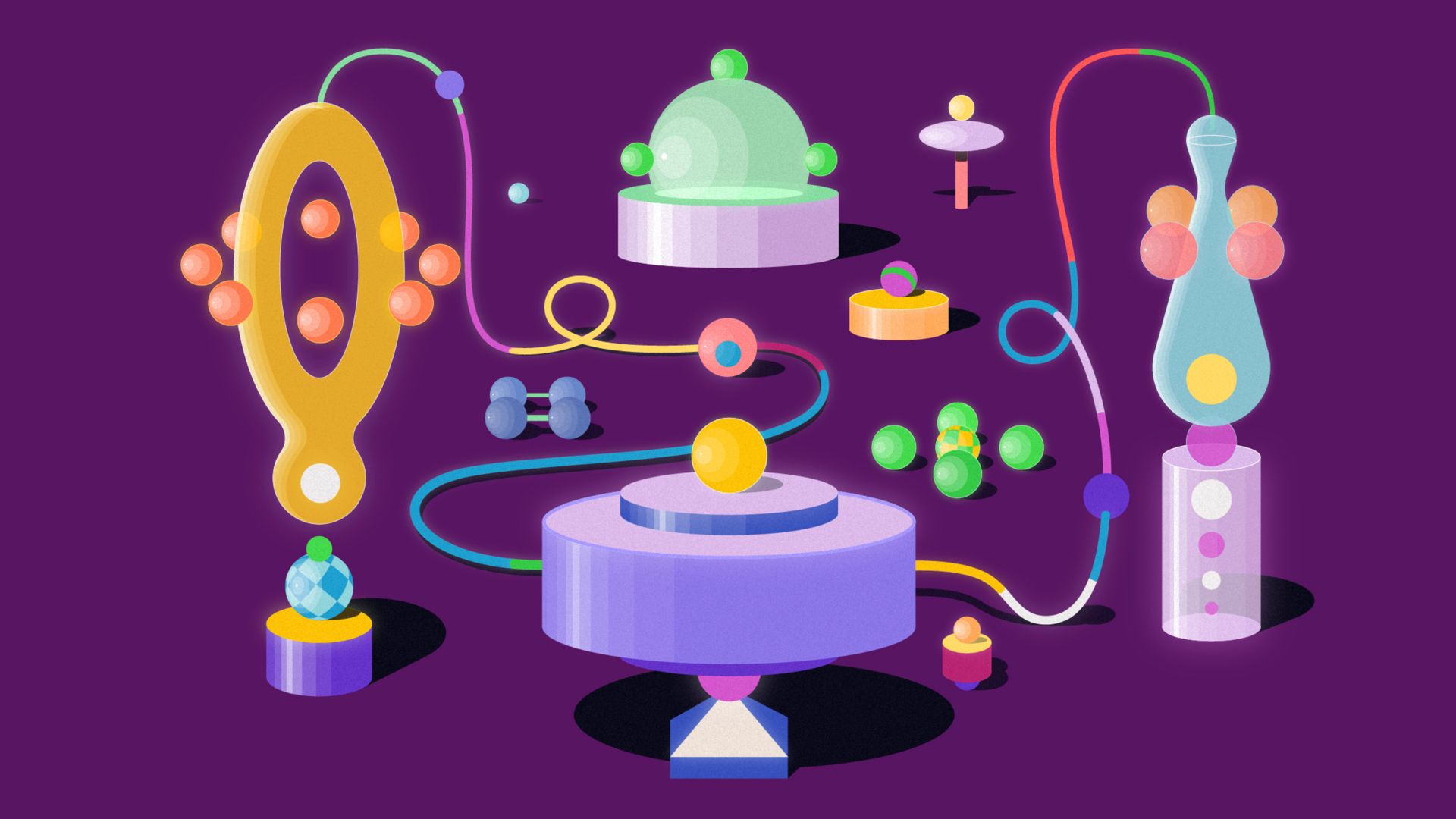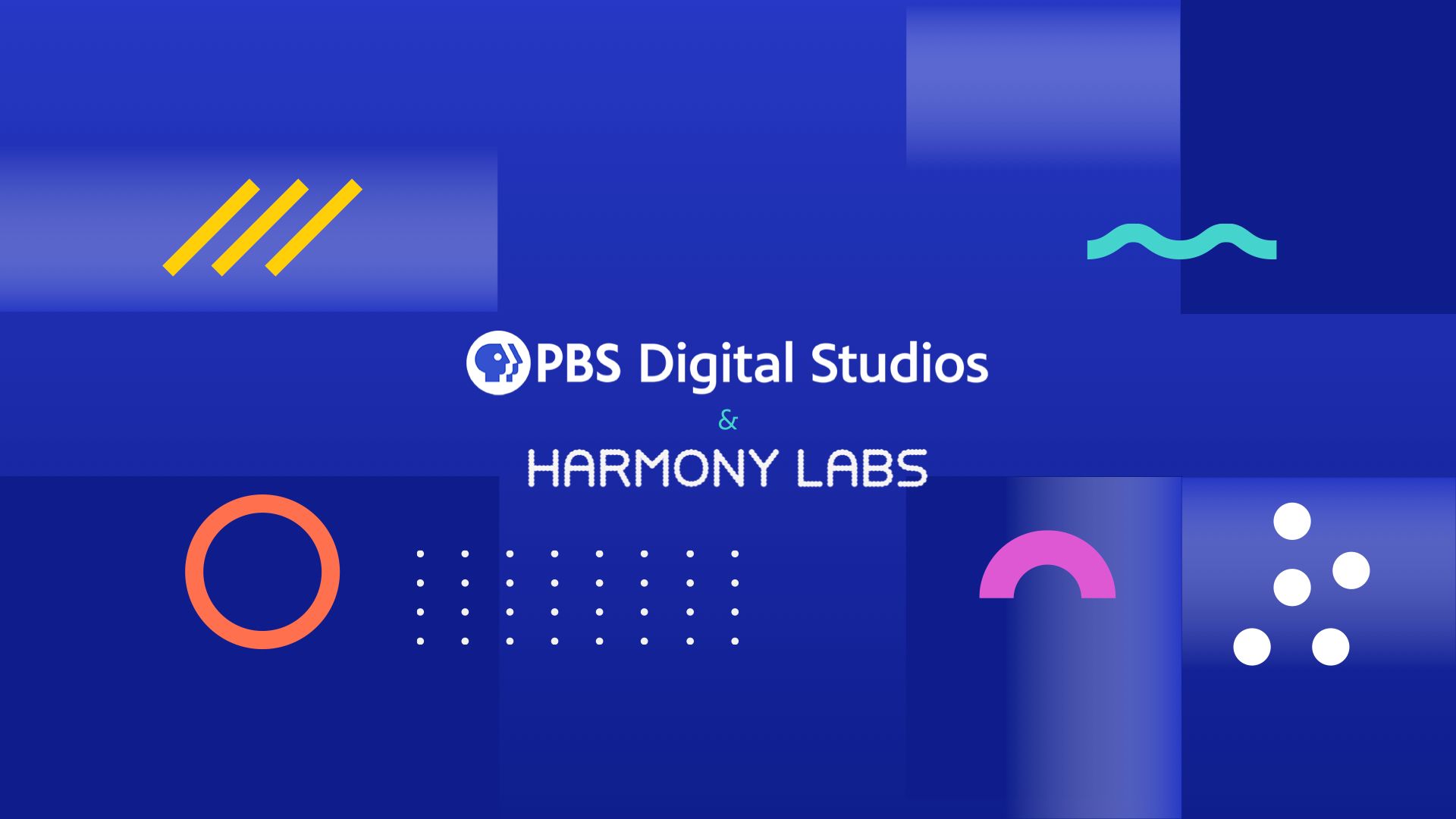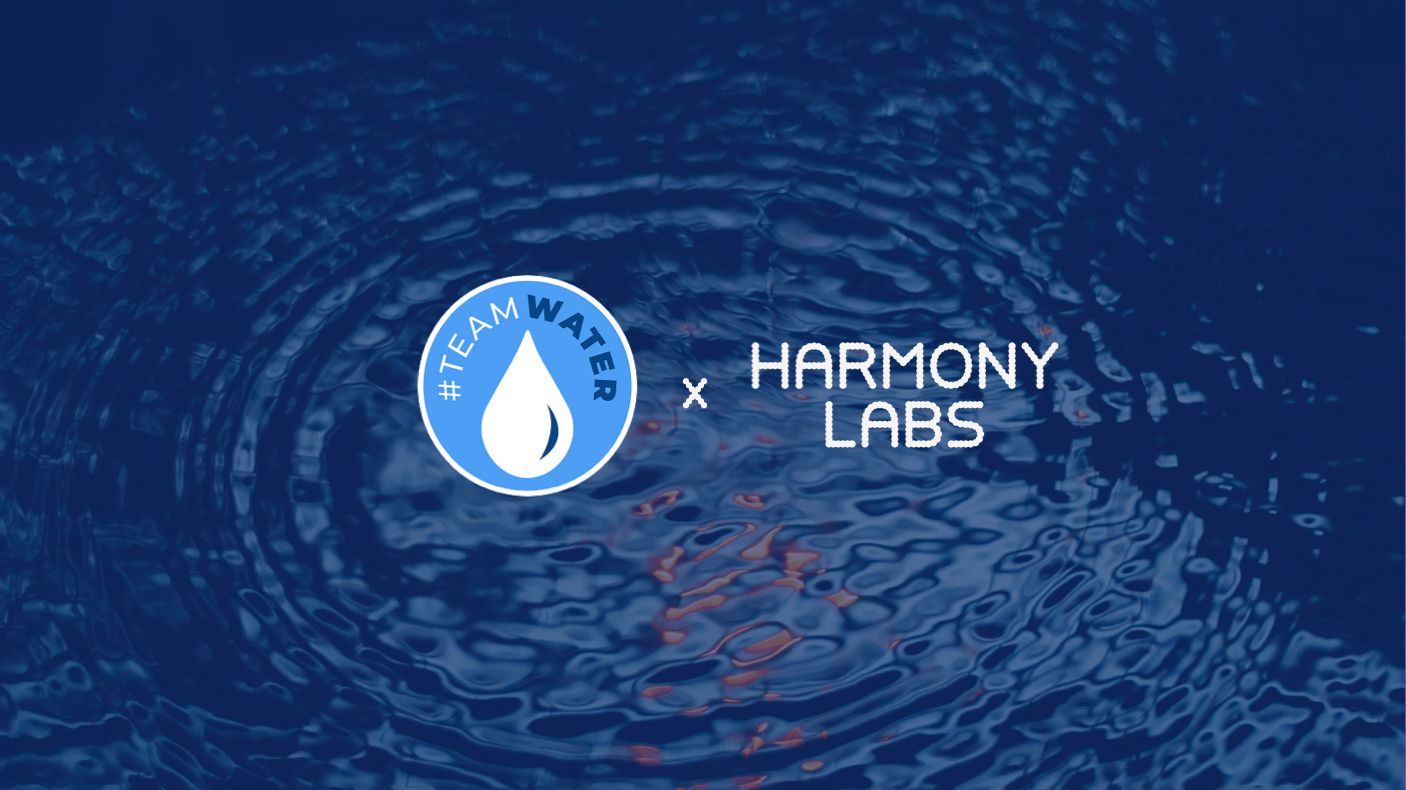Four Principles For Building Power in Media


2025-03-10
In the era of information abundance, curiosity is a useful tool for navigating an increasingly complex world—a pair of shears for working through the weeds. PBS Digital Studios (PBSDS), with its original programming across 16 channels, aims to inspire and nourish such curiosity especially among young viewers about history, science, culture and the world around them. To continue to grow their mission, PBSDS sought an evidence-based approach for imagining new content that not only reaches these viewers but engages their curiosity in meaningful ways.
The data here were not a problem; there were plenty. We analyzed 25 million+ video encounters across 5 million+ channels—to determine what kinds of informational content audiences are already seeking out—and integrated PBSDS analytics with data from media measurement panels. We had all the data we needed, but turning that information into tools producers could and would actually use was a research process in itself, which spanned 7 months and centered around three intensive workshops with 19 media professionals, including strategists, producers, writers, filmmakers, editors, and hosts. The workshops provided hands-on opportunities for producers to experiment with different information and tools, enabling them to naturally discover and articulate needs and preferences.
This “research-to-brief” journey was underscored by bespoke audience toolkits and a set of strategic recommendations for producers. Doing it this way meant equipping PBSDS with a flexible source of inspiration to create compelling content for new audiences.

In collaboration with PBSDS, we created tools for imagining audience, format, tone, texture, and content to engage and move new audiences. But we also discovered that data can lead to inspiration or to suffocation. The promise of story is in its ability to transcend the expected and transport audiences to new places, so it’s important to leave space for creators to chart that course using their creative gifts, not scripts or rules that come from analysts.
In this project, and in others with media makers this year, we have discovered that media and audience research is particularly useful in scoping a project: setting a goal, identifying an audience, choosing a format (like a podcast or video essay), and considering tone and themes. Once the production team has these guardrails, however, they work best when entrusted to imagine, to take risks, and to evolve their strategy especially as a series unfolds.
The goal was to equip content creators with research and storytelling tools to reach audiences they didn’t already have.
PBSDS’s initiative specifically aims to engage younger audiences. But, of course, “young people” is not an audience. The members of an audience share content, not characteristics. And PBSDS’ existing audience is already really big, young, and varied. Our goal was to find and extend the outer edges of the reach of their already-successful properties.
We found expansion audiences by mapping all the pairs of YouTube channels that people watched on the same day. That is, we were able to see where people who spend time on some channel like PBS Terra went afterward. Combining all those pairs creates a map of YouTube with communities or islands of densely connected content. Among the islands of informational content connected to PBSDS properties, we measured which ones reached disproportionately younger audiences and focused our profiles on these strategic neighbors of PBSDS’ existing successful content.
But even neighboring audiences can feel very different, so we need to dig deeper to find connections. Producers and storytellers showed us that they could best immerse themselves in audiences’ media worlds by first going from abstract characteristics—a list of values and, sometimes, stereotypes about a group of people—to concrete personas.
The best personas are people in the audience whom the creators admire or, at least, would be interested in having a conversation with. Because every production team is different, the personas for the same audience will be different for every project. What will stay the same is that the creators are interested in them, where they are coming from and why they make the choices they make. A persona is a simple tool that equips creators to create content that satisfies the needs and curiosities of the audience.
We found that curiosity is driven not just by the information itself, but by the emotional payoff of learning. We counted dozens of distinct emotions that different types of content were intended to elicit, from curiosity to outrage to coziness to suspense. Content that evokes feelings of belonging or individual empowerment resonates strongly with different audience segments. The framework we use to understand how four different audiences consume narratives across platforms derives from a set of universal human values, which you can learn more about here.
A sense of being connected to others and to our inner selves, for instance, is distinctive of community-oriented People Power, who seek out shows like The Great British Bake Off to evoke feelings of trust, belonging and hope. Don’t Tread On Me, on the other hand, is not motivated by collectivist values and seeks out channels like BBQwithFranklin, which evokes empowerment, confidence and assertiveness. Curiosity-driven content can meet either of these emotional needs, but rarely meets both together.
This emotional dimension of curiosity highlights a crucial point: informative content is never purely about the topic. Whether it serves as a salve or a stimulant, information unlocks emotions that people hope to access by seeking it out. Starting with the formats and themes each audience already engages with when consuming informative content can create an instant thread between the world they like to inhabit and the world you’ll be creating for them, making the content feel like it was tailor-made.

We heard from producers and storytellers that when creative endeavors rely too heavily on comparable content, it can stifle originality and innovation. Rather than trying to replicate a winning formula, we used comps to sketch the boundaries of the possible by choosing very different examples that resonated with the same audience and broke them down into components that were engaging.
The resulting direction wasn’t creating “the new TED-Ed,” but identifying specific elements that make educational content resonate: thoughtful, well-researched explanations by experts, the strategic use of humor, high quality audio, and visual effects that enhance retention.
When used right, comps can help producers and storytellers pull inspiration from specific elements of what the audience is already engaging with, such as what is unique about the tone, sound, script, camera and video experience. It’s not about copying the most popular YouTube channel. It’s about learning all the different approaches that create the emotional payoff the audience is seeking. You’re expanding your creative toolkit to reach a specific audience and you can decide which tools from this newly acquired toolkit you want to use to do the job.
It’s not about copying the most popular YouTube channel. It’s about learning all the different approaches that create the emotional payoff the audience is seeking.
This year, we’ve been working with media makers to answer the questions they have about what they can make that will reach and move their audiences. An expansion audience may not always feel “accessible” at first, but iteratively testing different approaches is key to refining the content creation process over time.
A producer’s job is multifold: to help realize the creative vision, but also to ensure that topics, scripts, casts, and camerawork all culminate into a product greater than the sum of its parts. Such complex work warrants research tools that unlock creativity, instead of guidelines that constrain ideas. What we accomplished with this project was developing a shared vocabulary between researchers and creatives that bridges the gap and maximizes the utility of audience insights through actionable toolkits for storytellers.

We continue to engage with media makers who want to be equipped with narrative landscaping, audience research, media behaviors, content testing and other evidence-based methods that yield effective storytelling. If this describes you, get in touch.



